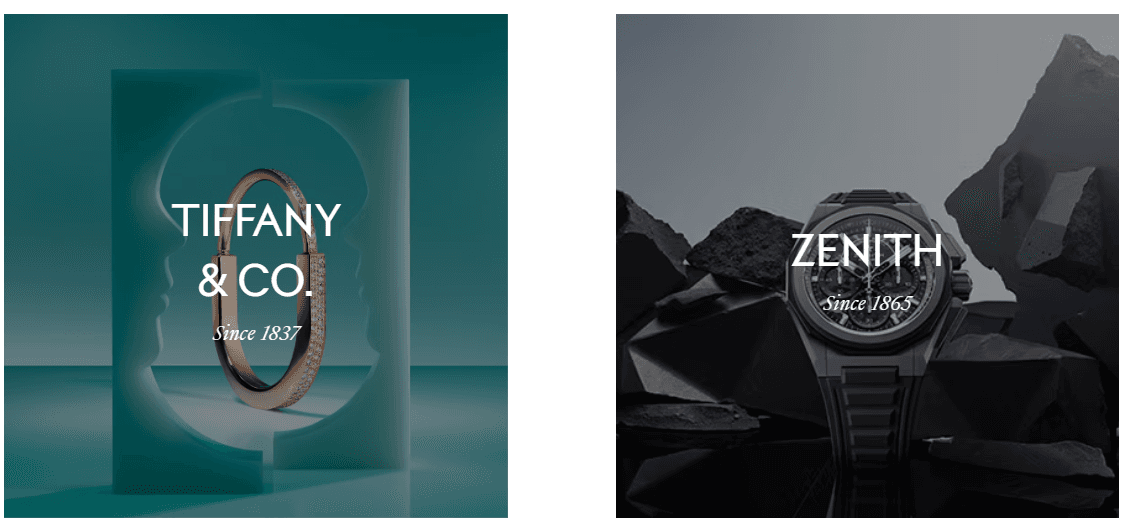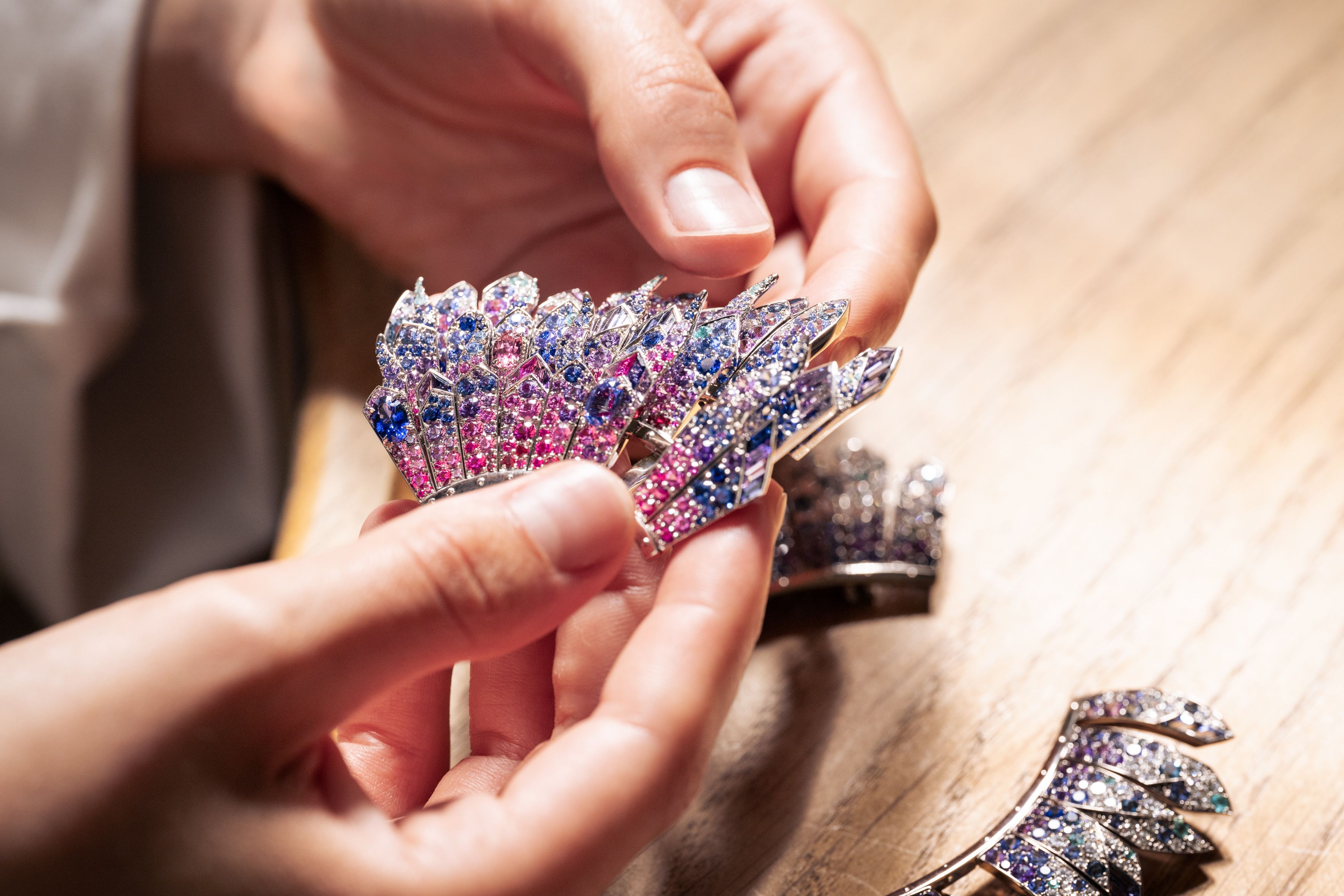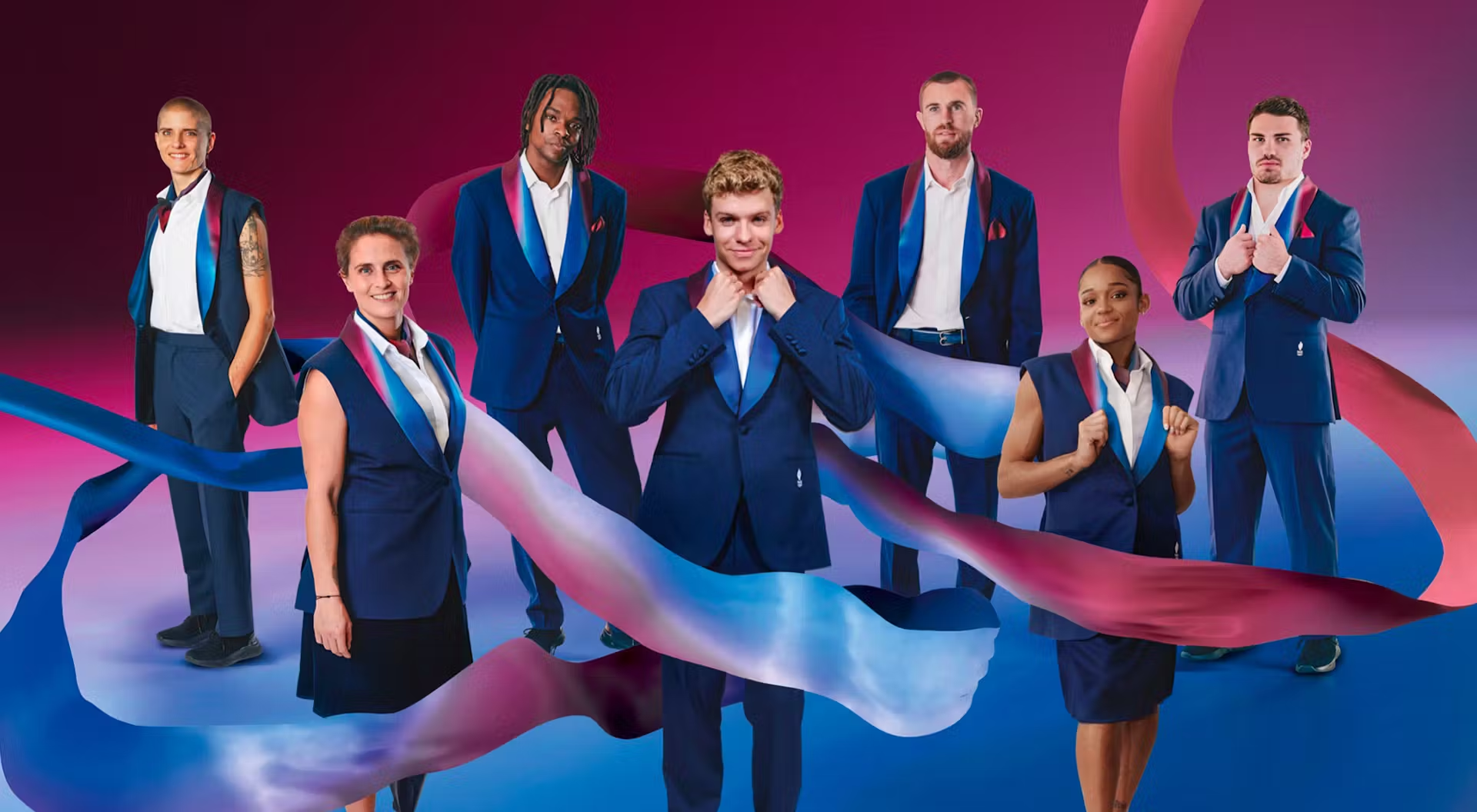From Handbags To Champagne: The Untold Story Of LVMH's Luxury Empire
Did you ever imagine a single company could control the fate of your favorite perfume, the champagne you pop on New Year's Eve, and the watch you've been eyeing for years? Now stop imagining, because that world is our reality, and the puppet master pulling the strings is none other than LVMH.
LVMH, short for Louis Vuitton Moët Hennessy, isn't just a company – it's a luxury juggernaut that has redefined the boundaries of opulence and exclusivity. But how did this French conglomerate, birthed in 1987, grow from a merger of fashion and spirits into a behemoth that touches nearly every facet of the high-end consumer world?
The story of LVMH is one of ambition, strategy, and an almost prescient ability to spot the next big thing in luxury. At its helm stands Bernard Arnault, a man whose name has become synonymous with luxury itself. Under his leadership, LVMH has pursued a relentless strategy of acquiring prestigious brands, turning the company into a veritable treasure chest of luxury labels.

Think you know luxury? Let's test that theory. Louis Vuitton, Bulgari, Dior, Fendi, Givenchy, Guerlain, Kenzo, Marc Jacobs, Tiffany & Co, Moët & Chandon, Veuve Clicquot, Krug, Dom Pérignon, Maison Ruinart, Le Bon Marché, Sephora – all these brands, and dozens more, fall under the LVMH umbrella. It's a portfolio so vast and varied that it's easier to list what LVMH doesn't own in the luxury world than what it does.
But LVMH's success isn't just about buying up fancy brands. It's about creating synergies between these prestigious names while allowing each to maintain its unique identity. This delicate balancing act is at the heart of LVMH's strategy.
Let's break down the empire and its recent performance:
Fashion and Leather Goods: This is LVMH's bread and butter, accounting for a whopping 37% of revenues. Think Louis Vuitton handbags and Dior couture.
Selective Retailing: At 28% of revenues, this includes powerhouses like Sephora and Le Bon Marché.
Wines and Spirits: Comprising 16% of revenues, this division includes some of the most prestigious names in bubbly and spirits.
Perfumes and Cosmetics: At 14% of revenues, LVMH owns or creates fragrances for nearly every major fashion house.
Watches and Jewelry: Though only 5% of revenues, this sector includes heavy hitters like Bulgari and Tiffany & Co.

Now, let's talk numbers. In the first half of 2024, LVMH showcased its resilience in a challenging global economic landscape. The group recorded revenue of €41.7 billion, marking a 2% organic growth compared to the previous year. This growth continued despite geopolitical and economic uncertainties, with Europe and the United States achieving growth on a constant consolidation scope and currency basis. Japan, in particular, recorded double-digit revenue growth.

Even more impressive was LVMH's profit from recurring operations, which reached €10.7 billion. This translates to an operating margin of 25.6%, significantly exceeding pre-Covid levels. The group's share of net profit amounted to a staggering €7.3 billion. These figures underscore LVMH's ability to not just weather economic storms, but to thrive in them.

Zooming in on the Watches & Jewelry business group, we see a more complex picture. This sector experienced a 3% organic decline in revenue in the first half of 2024. Profit from recurring operations was down 19%, heavily affected by exchange rate fluctuations. However, this doesn't tell the whole story.
Despite these challenges, the Watches & Jewelry sector showed remarkable resilience and innovation. Tiffany & Co., for instance, continued to showcase its iconic lines through new initiatives. The launch of the "Tiffany Titan by Pharrell Williams" collection generated exceptional interest. Bulgari celebrated its 140th anniversary with the "Eternally Reborn" campaign and presented the new "Aeterna" high jewelry collection in Rome, achieving record-breaking revenue.

In the watch segment, TAG Heuer strengthened its ties with sports, particularly motor sports, with the successful relaunch of its historic "Formula 1" collection. Hublot reaffirmed its pioneering role in the art world with a pocket watch designed in collaboration with Daniel Arsham. The LVMH Watch Week became a leading event on the international watch scene, marking a major success for the group.

But LVMH isn't content to rest on its laurels. The company continues to innovate, with a strong focus on sustainable development and research. It's also taking on new challenges, like its partnership with the Paris 2024 Olympic and Paralympic Games, where Chaumet unveiled the medals it created for the event.

From its humble beginnings as a merger between a fashion house and a spirits company, LVMH has grown into a luxury empire that spans continents and industries. With approximately 75 prestigious brands, over 3,000 stores, and more than 163,000 employees worldwide, LVMH has become the undisputed leader in the luxury goods market.
So the next time you indulge in a little luxury, remember: behind that logo, that craftsmanship, that exclusivity, stands LVMH – the invisible hand shaping the world of high-end consumerism. It's not just luxury; it's a €41.7 billion empire. And in this empire, LVMH reigns supreme.
No articles found





